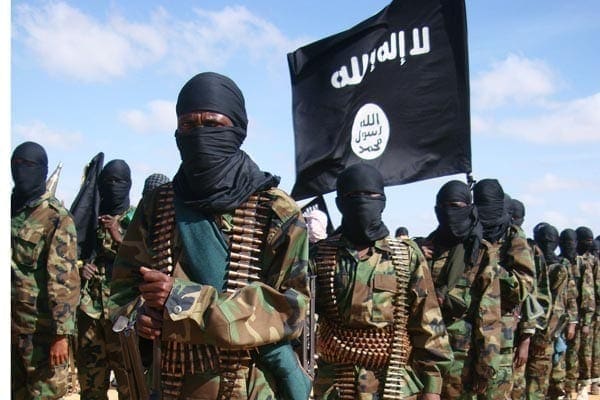
NAIROBI, Kenya — At least two Ugandan military helicopters, crucial assets in a push against militants in Somalia, have vanished over Kenya, officials in Nairobi said on Monday.
The helicopters, part of a squadron, took off from their base in Entebbe, Uganda, on Sunday and were flying to Somalia to participate in what officials depicted as a final assault on the port town of Kismayu, the last stronghold of the Shabab militant group. But two of the helicopters abruptly “lost communication” somewhere in Kenyan airspace and may have crashed, officials said.
Kenyan news media reported on Monday that one of the helicopters had plunged into the thickly forested slopes of Mount Kenya, in central Kenya, and that the Ugandan pilot had radioed for help.
“One of the pilots has communicated and he is calling for help from Mount Kenya forest.” said Bogita Ongeri, a Kenyan military spokesman, according to Kenya’s Capital FM. “We are trying our best to assist them. The Kenya Defense Forces has dispatched a search-and-rescue team to the forest, but the weather has not cleared in that area.”
Officials on Monday morning said they were still waiting for more information, and there was confusion over the total number of helicopters involved.
Another official, who has close contacts in the Ugandan military, said that five helicopters took off from Entebbe on Sunday and that one landed safely in Wajir, Kenya, which is a refueling stop. Another crash-landed on the way and three were still missing, the official said, speaking on the condition of anonymity because he was not authorized to speak publicly.
Uganda has taken the lead in the 16,000-strong African Union peacekeeping force in Somalia. The first Ugandan troops landed in 2007 to a barrage of mortar shells, and since then the Ugandans have suffered hundreds of casualties, making this one of the bloodiest missions of recent peacekeeping history.
The Ugandans, joined by Burundians, Djiboutians and smaller contingents from other African countries, have steadily chipped away at the strength of the Shabab, a brutal and wily Islamist insurgent group that is considered both a regional menace and an international threat with possible sleeper cells embedded in Somali communities in the United States and Europe.
In the past few months, the Ugandans have helped drive the Shabab out of Mogadishu, Somalia’s capital, creating a sustained sense of stability and hope for the first time since the Somali government collapsed in 1991.
The Shabab have lost much of their territory, with Kismayu being their last large base. African Union officials said they planned to move on Kismayu in the coming days, and the Ugandan military had recently announced that it was shifting attack aircraft, including helicopters, into Somalia to take part in the final push.
But helicopter travel seems to be especially dangerous in this part of the world. John Garang, the charismatic Southern Sudanese rebel leader, was killed in a Ugandan military helicopter crash in 2005. And two Kenyan officials — a minister and an assistant minister — were killed in June when their helicopter caught fire and crashed into a forest near Nairobi.







